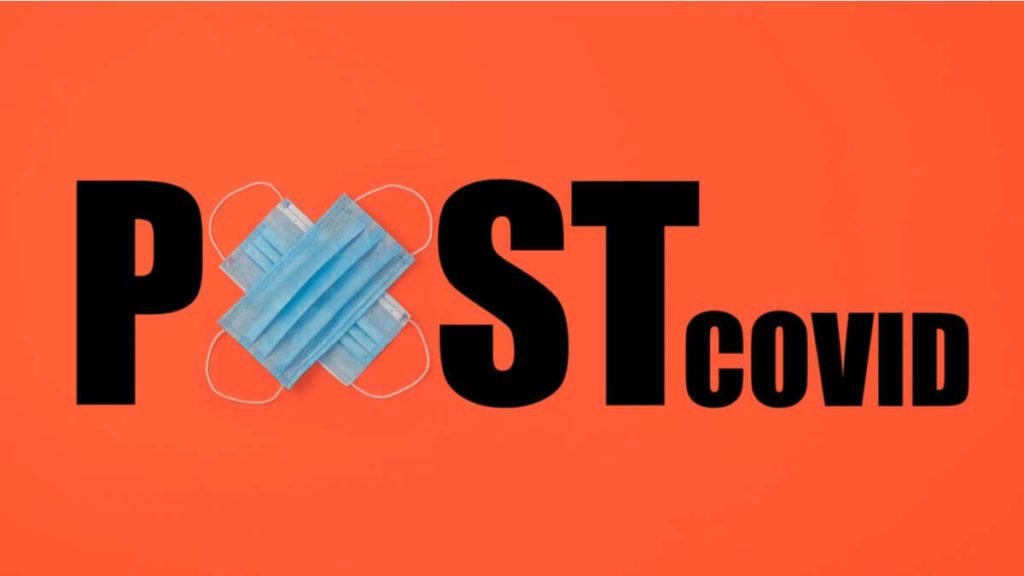
As the current pandemic continues spreading, MedTech leadership aims to respond to changes after COVID-19 that are tied directly to the health crisis. Demand for urgent care equipment and supplies is far exceeding the production capacity. With healthcare experts warning of possible critical shortages of medical supplies, manufacturers are gearing up to meet the rise in demand.
We can expect to see a change in procedures after COVID-19. Administrators have begun reducing the number of elective surgeries, thus weakening the demand for some products. Manufacturers are facing increased demand for products that are essential to coping with the pandemic such as ventilators, gloves, masks, and respirator masks. It is very probable that governments will ask some MedTech companies to provide more flexible capacity for the production of these urgently needed equipment.
For smaller MedTech companies, changes to the traditional flow of business may lead to cash shortfalls and sales rep departures that threaten long-term survival. Over time, that trend could lead to increased consolidation in the industry. Another area likely to face disruption is the work of traditional sales reps. We expect a sharp increase in virtual engagement between reps and customers. As hospitals implement longer-term access restrictions to operating rooms, consumers embrace online MedTech delivery and the industry turns increasingly to virtual training tools.
These shifts have the potential to slow or even reverse the trend of hospitals outsourcing select services such as biomedical engineering, as providers look to limit nonemployees and service companies whose presence in clinical settings may place their own employees at risk.
Steps to take after COVID-19
Short-Term
- Re-evaluate short-term sales force targets and update commission structures accordingly
- Anticipate and prepare for stock shortages or even stock-outs and supply chain disruptions.
- Think about temporary price reductions as an investment in deepening relationships with customers
Long-term
- Plan for long-term supply chain disruptions. Develop a more stable local supply chain and dual-source more products from different plants and geographies.
- Try to avoid a massive build-up of inventory but prepare for a post-crisis demand spike.
- Be ready for a sustained shift of procedures volume from acute care hospitals to ambulatory surgery centers and labs.